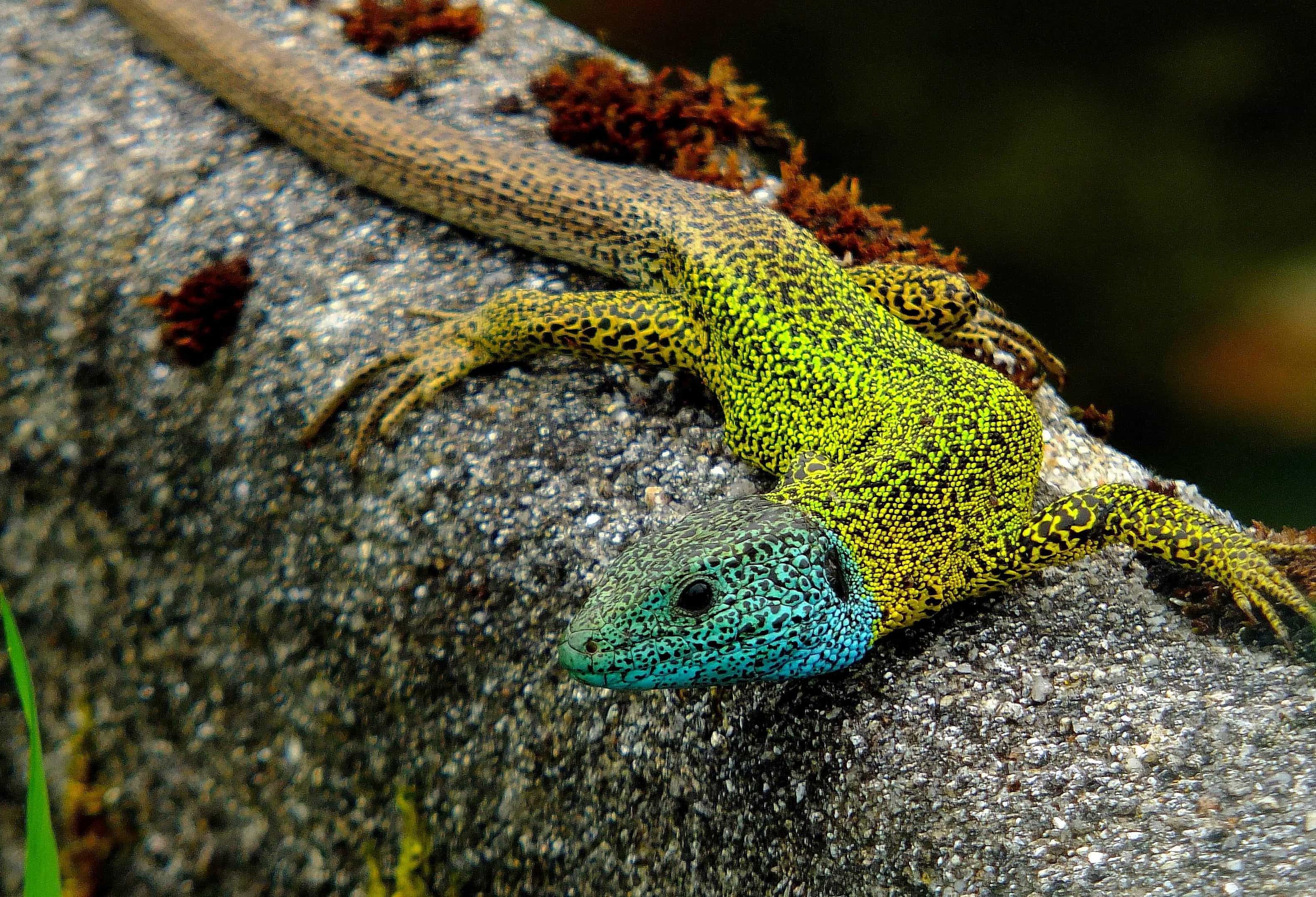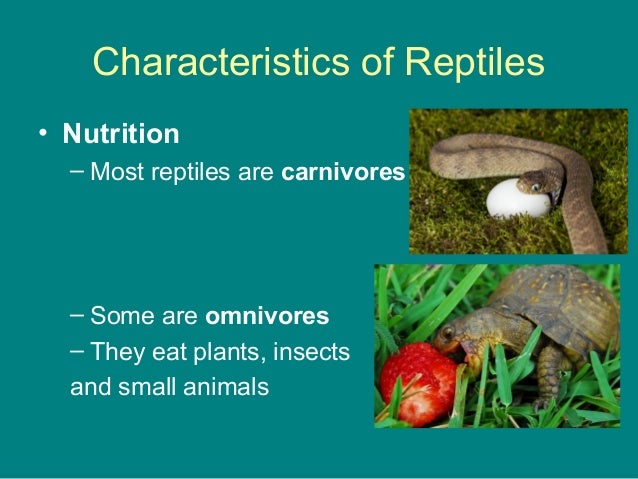What Can you Do About Reptiles And Amphibians Right Now
Reptiles are fascinating creatures that have evolved unique physiological adaptations to thrive in a variety of environments. One in every of the important thing aspects of a reptile pets cute’s biology that sets them other than different animals is their dependence on exterior sources of heat to regulate their physique temperature. Understanding how reptiles maintain their body temperature is crucial for their health and effectively-being, as well as for their keepers to provide proper care for these animals.
 Not like mammals, that are endothermic and may generate their own physique heat internally, reptiles are ectothermic, which means they rely on external sources of heat such because the sun, rocks, or heated surfaces to regulate their physique temperature. This has led to the misconception that reptiles are chilly-blooded, however the extra correct time period is poikilothermic, meaning their body temperature fluctuates with the temperature of their environment.
Not like mammals, that are endothermic and may generate their own physique heat internally, reptiles are ectothermic, which means they rely on external sources of heat such because the sun, rocks, or heated surfaces to regulate their physique temperature. This has led to the misconception that reptiles are chilly-blooded, however the extra correct time period is poikilothermic, meaning their body temperature fluctuates with the temperature of their environment.
The ability of reptiles to regulate their body temperature by behavioral means, corresponding to basking within the sun or in search of shade, is called thermoregulation. This is a vital aspect of their biology, as maintaining an optimum physique temperature is important for a wide range of physiological features. For instance, reptiles want to take care of a certain temperature vary for correct digestion, immune function, and even reproduction.
Different species of reptiles have completely different temperature requirements based on their pure habitat and exercise level. For instance, desert-dwelling reptiles like bearded dragons or leopard exotic pet geckos require increased temperatures to help them metabolize food and keep active, whereas tropical species like chameleons desire barely cooler temperatures. It is vital for exotic pet geckos reptile keepers to provide a thermal gradient in their enclosure, permitting the reptile pets list to decide on the temperature that suits their needs at any given time.
Reptiles use a wide range of methods to thermoregulate, including basking within the sun, burrowing underground, or in search of out shade. Some species, like sure snakes, can also regulate their body temperature by constricting their muscles to generate heat. By observing their conduct and providing the suitable environmental situations, reptile keepers will help their pets keep healthy and thrive.
One common mistake that reptile keepers make is assuming that every one reptiles require high temperatures consistently. It is very important remember that whereas some species require excessive temperatures for digestion and metabolism, others may choose cooler temperatures to stop overheating. Providing a temperature gradient in the enclosure, with a warm basking spot and a cooler space to retreat to, is important for assembly the wants of different reptile species.
In conclusion, understanding how reptiles regulate their physique temperature is crucial for the well being and effectively-being of these animals. By offering the appropriate environmental conditions, reptile keepers may help their pets thrive and exhibit natural behaviors. It is very important research the particular temperature necessities of the reptile pets species you’re caring for and to offer a thermal gradient in their enclosure to make sure their wants are met. By being attentive to their thermoregulation behaviors, we can provide the most effective care possible for these fascinating creatures.
 The misconception that every one reptiles are chilly-blooded stems from their ectothermic nature, meaning they depend on external sources to regulate their physique temperature. This is in contrast to endothermic animals like mammals and
The misconception that every one reptiles are chilly-blooded stems from their ectothermic nature, meaning they depend on external sources to regulate their physique temperature. This is in contrast to endothermic animals like mammals and